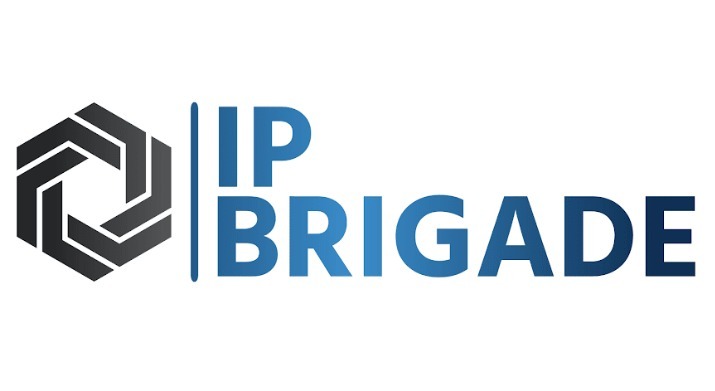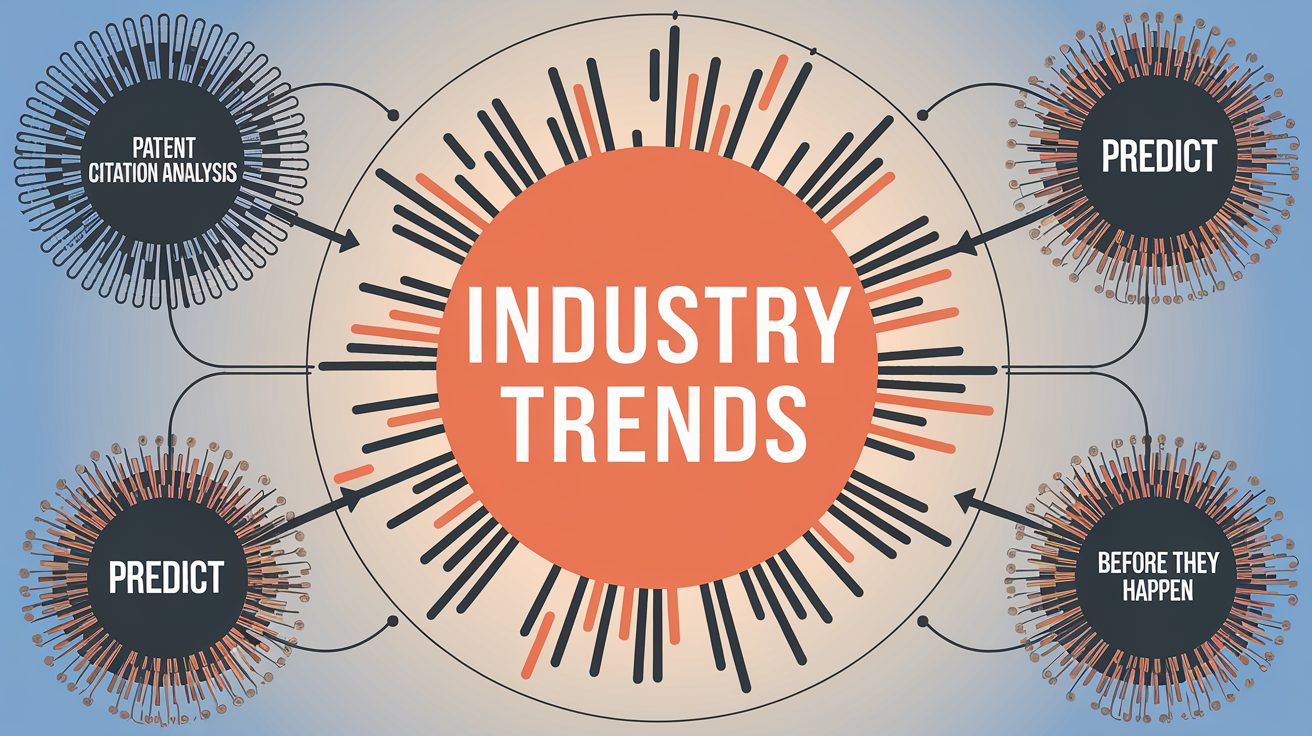Innovation is the driving force behind technological advancements and economic growth. Patent citation analysis is a powerful tool that helps businesses, researchers, and policymakers identify industry trends before they fully emerge. By examining how patents reference one another, we can gain insights into evolving technologies, emerging market trends, and the competitive landscape.
Patent citation analysis goes beyond just looking at numbers; it helps identify relationships between existing and future innovations. Understanding these relationships enables businesses to make informed decisions on research and development (R&D) investments, intellectual property (IP) strategies, and market positioning.
This article explores how backward and forward citations in patents provide a roadmap to future innovations and how organizations can use citation analysis for strategic decision-making.
Understanding Patent Citations
Patent citations are references to prior patents or literature that help establish the novelty of an invention. These citations serve as a crucial part of the patent examination process, ensuring that new inventions build upon existing knowledge without infringing on prior patents.
There are two main types of patent citations:
1. Backward Citations
These are references to previous patents or non-patent literature that have influenced a current patent.
Backward citations help patent examiners and researchers understand the foundation upon which an invention is built.
Example: If a company files a patent for a new battery technology, its backward citations might include earlier patents on lithium-ion batteries.
Backward citations help trace the history of an innovation, showing how a particular technology has evolved over time. They also assist researchers in identifying the key contributors in a specific field.
2. Forward Citations
These are references made by future patents to the current patent.
Forward citations indicate the influence and importance of a patent in shaping new innovations.
Example: If multiple new patents cite a particular AI algorithm patent, it suggests that the algorithm is foundational to ongoing AI advancements.
Forward citations act as indicators of a patent’s impact on future technologies. The more a patent is cited, the more influential it is considered to be in the evolution of a specific industry.
How Citation Analysis Predicts Industry Trends
By analyzing patent citations, businesses and researchers can uncover patterns that hint at future industry shifts. Here’s how:
1. Identifying Emerging Technologies
A surge in forward citations for a specific patent suggests growing interest and development in that technology.
Example: The rise of patents citing early blockchain innovations indicated its growing importance before mainstream adoption.
Identifying clusters of forward citations can highlight disruptive technologies before they reach commercialization.
2. Tracking Competitive Intelligence
Monitoring which companies frequently cite a specific patent can help businesses identify competitors working on similar technologies.
Example: If multiple tech firms cite a patent related to quantum computing, it signals increased investment in the field.
Businesses can use citation data to gauge competitors’ R&D focus areas and assess potential threats or collaboration opportunities.
3. Assessing Innovation Impact
Patents with a high number of forward citations tend to be highly influential, indicating their significance in driving new inventions.
Example: Early patents related to 5G technology received numerous citations, highlighting their role in shaping future telecommunications.
Companies can leverage citation metrics to measure their innovation impact within an industry.
4. Mapping Industry Evolution
Backward and forward citations together help map how an industry is evolving over time.
Example: Citations related to electric vehicle (EV) battery patents show how advancements have moved from traditional lithium-ion technology to solid-state batteries.
Patent citation networks can be created to visualize technological progressions and interdependencies across various fields.
5. Spotting Licensing and Partnership Opportunities
Organizations looking to expand their R&D capabilities can use citation analysis to identify potential licensing or partnership opportunities.
Example: A startup working on AI-powered medical imaging might seek partnerships with larger companies that hold foundational patents in AI healthcare technology.
Forward citation patterns can reveal companies that may benefit from licensing certain patents, opening doors for monetization strategies.
Tools for Patent Citation Analysis
Several tools enable effective patent citation analysis:
Google Patents – Provides free access to citation data and patent trends.
USPTO Citation Search – Helps track citation activity in the U.S. patent database.
Espacenet (EPO) – Offers European patent citation analysis.
WIPO PATENTSCOPE – Facilitates global patent searches with citation tracking.
AI-Powered Patent Analytics Tools – Tools like Derwent Innovation and PatSnap use AI to analyze citation trends.
PatentScope by WIPO – Offers extensive patent search capabilities with citation tracking.
Lens.org – A freely available tool providing powerful citation analysis and patent mapping features.
Using these tools, organizations can conduct deep analyses of patent citation patterns to gain insights into technological advancements and competitive landscapes.
Strategic Applications of Patent Citation Analysis
Organizations can use patent citation analysis for various strategic purposes:
1. Investment Decisions
Venture capitalists and investors can use citation trends to identify promising startups and breakthrough technologies.
Example: An investor interested in green energy might look at citation trends in battery storage patents before making funding decisions.
2. R&D Planning
Companies can analyze citation patterns to refine their innovation strategies and focus on high-impact areas.
Example: A pharmaceutical company might track citations related to mRNA technology to determine future drug development directions.
3. Patent Valuation
Heavily cited patents are often more valuable, making citation analysis useful for intellectual property valuation.
Example: A company holding a patent cited by multiple AI developers can use that data to negotiate licensing deals at a premium.
4. Regulatory & Policy Insights
Governments and policymakers can track citation trends to support research funding and policy-making in critical technology areas.
Example: Citation trends in cybersecurity patents might influence national security policies and funding for tech startups in that sector.
Patent citation analysis is an invaluable tool for predicting industry trends before they happen. By examining backward and forward citations, businesses, researchers, and policymakers can identify emerging technologies, track competitors, and make informed strategic decisions.
As innovation accelerates, leveraging patent citation data will be essential for staying ahead in a competitive global market. Whether you’re an entrepreneur, investor, or researcher, understanding how to analyze patent citations can provide a significant advantage in navigating the future of technology.
Organizations that incorporate citation analysis into their strategies will be better positioned to anticipate industry shifts, capitalize on technological breakthroughs, and drive future innovation.


